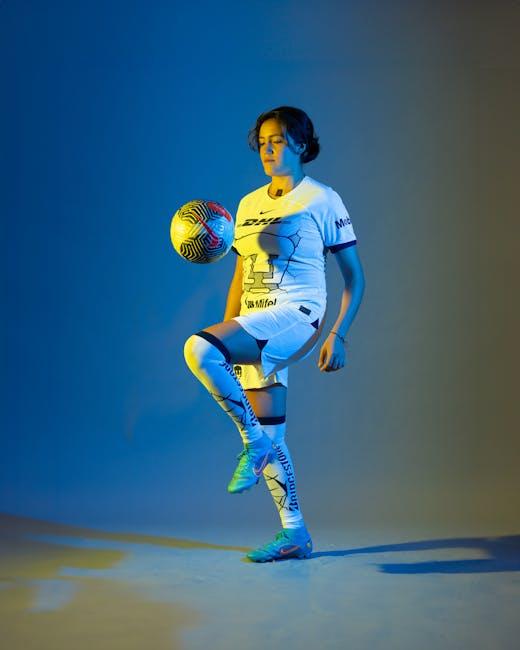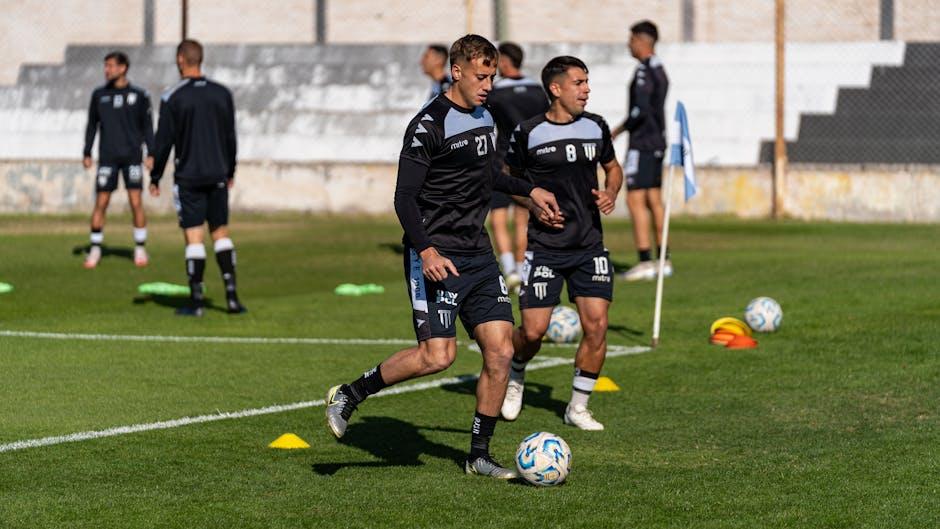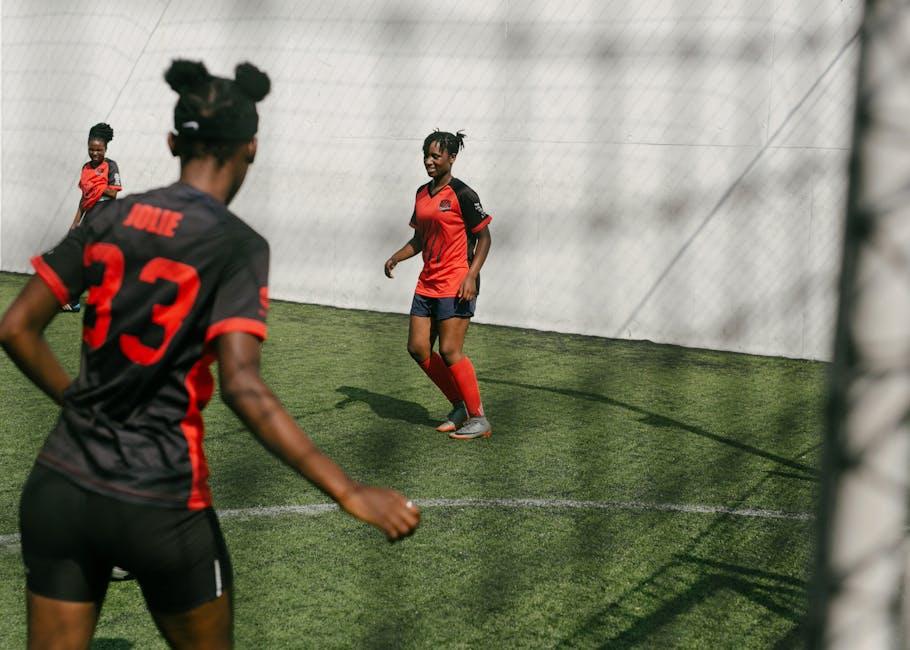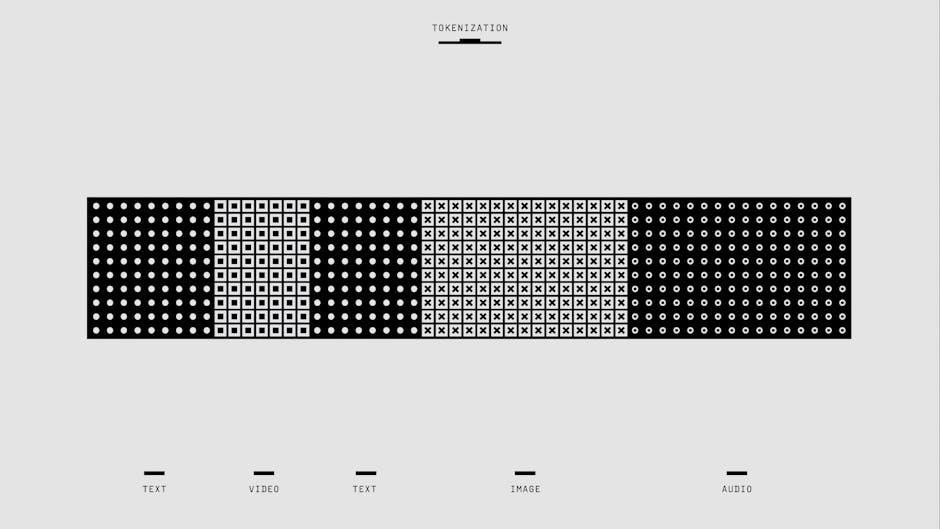In the rhythm of daily life, finding time to hit the soccer field can be a challenge. Yet, the beautiful game doesn’t always demand a sprawling pitch or a bustling team to sharpen your skills. Whether the weather keeps you indoors, or your schedule calls for a creative twist on training, your home can transform into a personal soccer arena. This article explores practical and inventive ways to elevate your soccer abilities right from the comfort of your own space, proving that with a bit of dedication and imagination, improvement is always within reach.
Table of Contents
- Mastering Ball Control Techniques in Small Spaces
- Building Agility and Footwork with Simple Drills
- Enhancing Passing Accuracy Using Household Items
- Strengthening Your Core for Better Balance and Stability
- Practicing Shooting Skills Without a Goalkeeper
- Incorporating Video Analysis for Continuous Improvement
- Q&A
- The Way Forward

Mastering Ball Control Techniques in Small Spaces
Refining your touch on the ball when space is limited is a game-changer. Start by practicing with a soft, lightweight ball to reduce the risk of damage and increase control. Focus on small, precise touches using both the inside and outside of your foot — this will build muscle memory for quick adjustments during tight in-game situations. Incorporate wall drills where you tap the ball against a wall and aim to keep it controlled within a 1-meter radius to improve reaction time and accuracy.
Consistency and smart practice habits are key. Consider setting up mini obstacle courses with cones or household objects that force quick directional changes and ball manipulation. Here are a few drills to try in your limited space:
- Toe Taps: Rapidly tap the top of the ball to improve foot speed.
- Inside Flicks: Use the inside of your foot to push the ball sideways, enhancing lateral control.
- Roll and Stop: Roll the ball forward and immediately stop it with the sole, helping build precise ball handling.
| Drill | Focus Area | Recommended Duration |
|---|---|---|
| Wall Taps | Reaction & Precision | 10 minutes/day |
| Cone Weaving | Agility & Control | 15 minutes/day |
| Toe Taps | Foot Speed | 5 minutes per foot |

Building Agility and Footwork with Simple Drills
Enhancing quickness and coordination on the field starts with mastering the basics of footwork. Simple drills like ladder exercises or cone zigzags can be highly effective even in a small space at home. These drills focus on rapid foot movements, helping you develop precision and speed without the need for specialized equipment. By dedicating just 10-15 minutes daily, you’ll notice improved balance and sharper reflexes that translate directly into your gameplay.
Incorporate these exercises into your routine to build a foundation for more complex maneuvers. Here’s a quick guide to get started:
- Side-to-side hops: Jump laterally over an imaginary line, landing softly and keeping knees bent.
- Box drill: Use tape or markers to create a square; step quickly around the perimeter, alternating directions.
- Quick taps: Rapidly tap your toes in place, switching between feet for 30 seconds.
| Drill | Duration | Focus |
|---|---|---|
| Side-to-side hops | 3 sets of 20 | Balance & lateral quickness |
| Box drill | 4 rounds | Agility & coordination |
| Quick taps | 30 seconds × 3 | Foot speed & endurance |

Enhancing Passing Accuracy Using Household Items
Perfecting your passing accuracy doesn’t require expensive gear or a soccer field. Transform everyday household items into your personal training aids and watch your precision improve. For instance, place a row of plastic cups or empty water bottles on the floor as targets. Challenge yourself to pass a ball between or towards these targets, adjusting the distance to increase difficulty. This method helps train your focus on controlling the ball’s pace and angle, crucial for sharpening your passing skills.
To add variety, incorporate different surfaces or objects around your home. Soft pillows, rolled-up towels, or even books can serve as virtual teammates or obstacles to simulate real-game passing scenarios. Below is a quick reference table with some creative household passing drills:
| Item | Drill | Skill Focus |
|---|---|---|
| Plastic Cups | Pass through varying gaps | Precision & Control |
| Pillows | Pass around as obstacles | Accuracy under pressure |
| Books | Target zones to hit | Foot placement & timing |
| Towels | Simulate teammate positions | Passing decision speed |
Incorporating these drills regularly can significantly enhance your passing accuracy, making you a more reliable player when back on the field.

Strengthening Your Core for Better Balance and Stability
Building a strong core is essential for maintaining balance and stability on the soccer field. Your core muscles work as the foundation for almost every move—from quick pivots to powerful shots. To enhance your soccer performance, focus on targeted exercises that activate your abdominal muscles, lower back, and obliques. Incorporating dynamic movements like Russian twists, planks with leg lifts, and bicycle crunches into your home routine can significantly improve your control over your body’s center of gravity.
Besides strengthening, developing balance can be approached through simple yet effective practices. Try standing on one leg while performing ball touches or light juggling to challenge your proprioception and coordination. Creating a habit of mixing balance drills with core workouts helps condition muscles to respond swiftly during intense gameplay. Below is a quick guide to core exercises paired with balance tips you can try at home:
- Plank variations: Include side planks and forearm planks for overall core endurance.
- Single-leg Romanian deadlifts: Perfect for balance and glute activation.
- Dynamic Russian twists: Build rotational control critical for dribbling and changing direction.
- Balance board drills: If available, add these for proprioceptive training.
- Single-leg ball taps: Enhance foot-eye coordination and unilateral balance.
| Exercise | Duration/Reps | Balance Focus |
|---|---|---|
| Forearm Plank | 3 x 30 seconds | Core Stability |
| Single-leg Deadlift | 3 x 12 reps per leg | Strength & Balance |
| Russian Twists | 4 x 20 reps | Rotational Control |
| Single-leg Ball Taps | 5 x 15 taps per leg | Unilateral Coordination |

Practicing Shooting Skills Without a Goalkeeper
Without the challenge of a goalkeeper, you have the perfect opportunity to focus purely on precision and placement. Create makeshift targets on a wall or fence using cones, tape, or chalk. Aim for these marks with different parts of your foot—inside, outside, or laces—to build versatility in your shooting technique. Consistent repetition helps you develop muscle memory, sharpening your ability to hit specific spots with both power and accuracy.
To keep track of your progress, use a simple scoring system based on where the ball lands. For example:
| Target Area | Points |
|---|---|
| Top corners | 5 |
| Mid-height corners | 3 |
| Center of target | 2 |
| Outside target | 0 |
This simple game element adds motivation and helps quantify improvement over time. Remember, repetition without a goalkeeper is invaluable for refining shot placement, strengthening your footwork, and building confidence to unleash powerful strikes when game time arrives.

Incorporating Video Analysis for Continuous Improvement
Harnessing the power of video analysis transforms your solo soccer sessions into a dynamic learning experience. By capturing your drills and gameplay attempts, you gain an objective perspective on your technique that’s often missed during real-time practice. Reviewing footage allows you to pinpoint subtle errors, identify patterns in your movement, and recognize the moments when your form excels. This continuous loop of recording and reflecting fosters a growth mindset, ensuring every practice builds upon the last with purpose and precision.
To maximize the benefits, consider organizing your insights into a clear and actionable format. Below is a simple template to track your progress across key skills:
| Skill | Strengths Observed | Areas to Improve | Next Steps |
|---|---|---|---|
| Dribbling | Quick footwork and balance | Control under pressure | Practice tight space drills with cones |
| Shooting | Strong follow-through | Accuracy from distance | Work on aiming at target zones |
| Passing | Good timing and vision | Consistency in weight of pass | Drill one-touch passing routines |
- Review videos promptly — Immediate feedback helps connect actions to corrections.
- Use slow-motion features — Examine tricky moves frame by frame to understand mechanics.
- Compare clips over time — Visual progress fuels motivation and highlights improvement areas.
Q&A
Q&A:
Q1: Can I really improve my soccer skills without a field or teammates?
A1: Absolutely! While playing with others and on a field is ideal, many fundamental skills like ball control, dribbling, and passing accuracy can be honed within the comfort of your home or backyard. Creativity and consistency are your best friends here.
Q2: What are some effective drills I can do indoors or in a small backyard?
A2: Try dribbling around household objects like cones made from water bottles or shoes to improve ball control. Wall passes can enhance your passing precision—simply kick the ball against a sturdy wall and receive it back. Juggling boosts touch and concentration; challenge yourself to keep the ball off the ground as long as possible.
Q3: How important is footwork when training at home?
A3: Footwork is vital. Agility ladders or making your own with tape on the floor can sharpen your quickness and coordination. Incorporate side steps, hops, and quick pivots to mimic game movements and improve your overall agility.
Q4: What role does physical fitness play in at-home soccer training?
A4: A huge one! Enhancing your stamina, strength, and flexibility will make your technical skills more effective on the field. Bodyweight exercises like squats, lunges, and core work combined with cardio routines such as jump rope or running in place can keep you game-ready.
Q5: How can I maintain motivation when training solo at home?
A5: Set clear, achievable goals to track your progress, like mastering a new trick or increasing juggling counts. Mix up your routines to keep boredom at bay and visualize game scenarios to stay mentally engaged. Remember, every minute spent practicing is a step closer to improvement.
Q6: Are there any digital tools or resources to assist my training at home?
A6: Yes! Many apps offer guided drills, video tutorials, and even feedback using your phone’s camera. YouTube channels run by professional players and coaches can provide inspiration and teach new techniques. Virtual challenges and online communities can also connect you with fellow soccer enthusiasts.
Q7: How often should I train at home to see real improvement?
A7: Consistency trumps intensity. Aim for short, focused sessions of 20-30 minutes at least 4-5 times a week. This steady practice builds muscle memory and instills habits that will shine on the pitch when you play again.
Q8: Can improving at home translate to better performance in actual matches?
A8: Definitely. The foundational skills you sharpen at home—control, accuracy, agility—are critical in a match setting. While nothing can fully mimic game pressure, good at-home training gives you the confidence and technique to excel once you’re back on the field.
The Way Forward
As the final whistle blows on your solo training session, remember that improving your soccer skills at home is not just about drills and repetition—it’s about nurturing your passion, creativity, and love for the game. With a bit of space, some focused practice, and a mindset ready to tackle challenges, your living room or backyard can transform into a personal stadium of growth. So lace up, keep your goals in sight, and let every touch bring you one step closer to the player you aspire to be. The beautiful game is always within reach, no matter where you stand.


